Orange Blossom Beekeepers Association
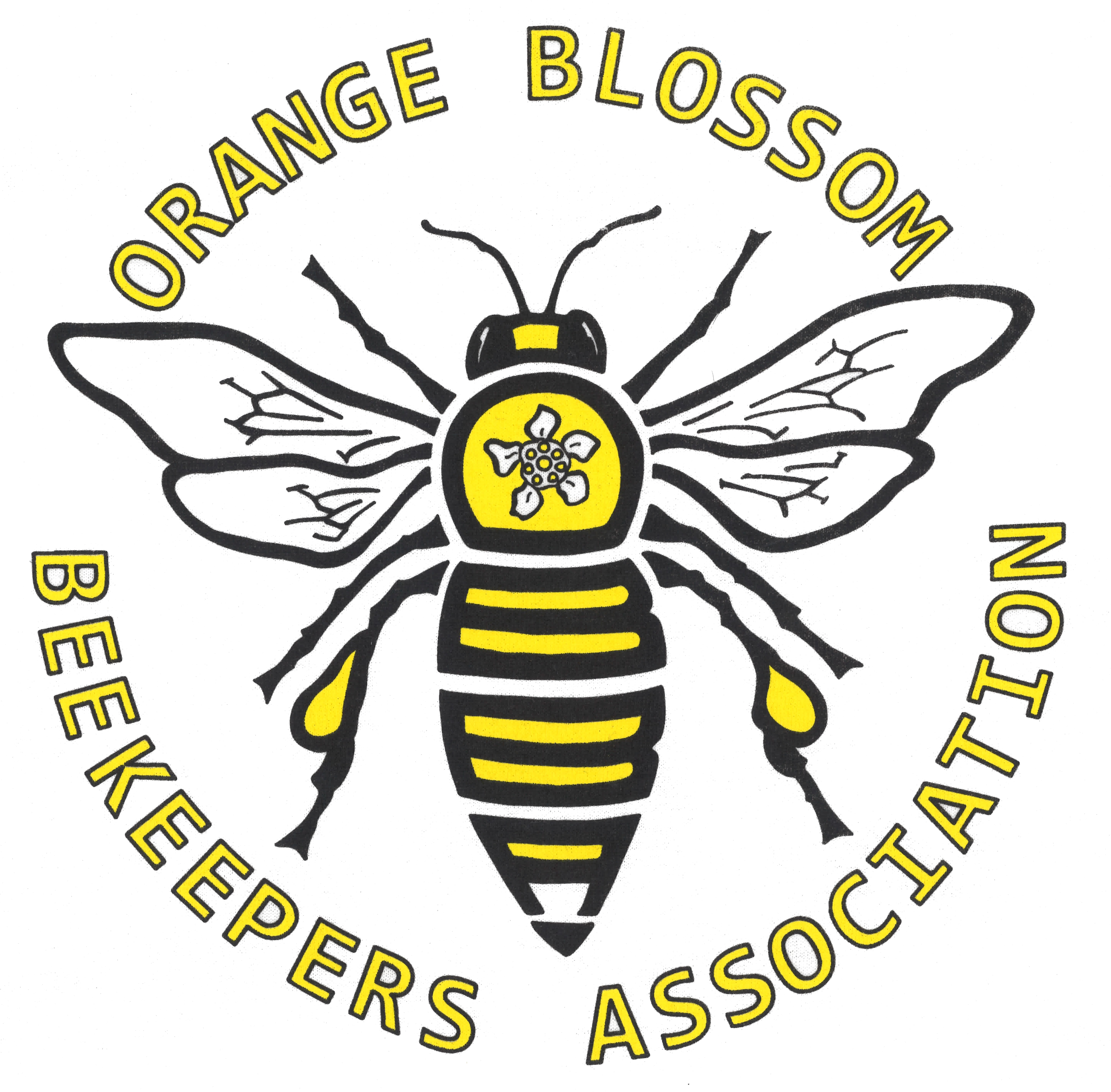
Monthly Meeting: August 19, 2021
OBBA Announcements
What's the buzz?

OBBA Workshop
Not this week, but next (Aug 28)!
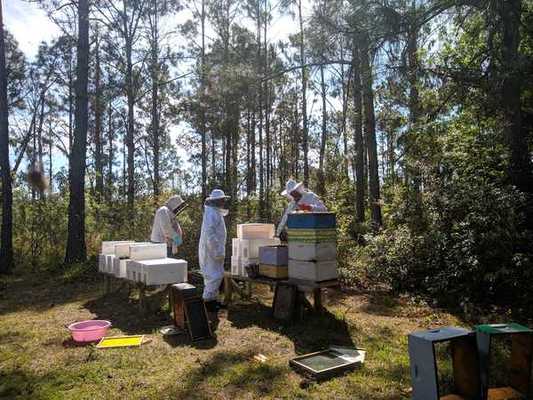
Pay Annual Dues
You can pay your annual dues on-line:
OrangeBlossomBeekeepers.org/join-obba/
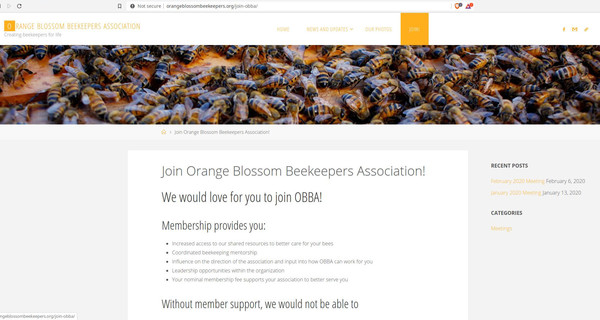
Honey For Sale
We have OBBA honey to purchase!
(Send Matt a message on Slack)
| Number (1 lbs) | Price |
|---|---|
| 1 bottle | $10 |
| 2 bottles | $18 |
| 3 bottles | $25 |
OBBA Website: orangeblossombeekeepers.org
- Online Event Calendar (obba-calendar)
- Online Membership Sign-up (join-obba)
- HoneyBeeWiki (wikibee)
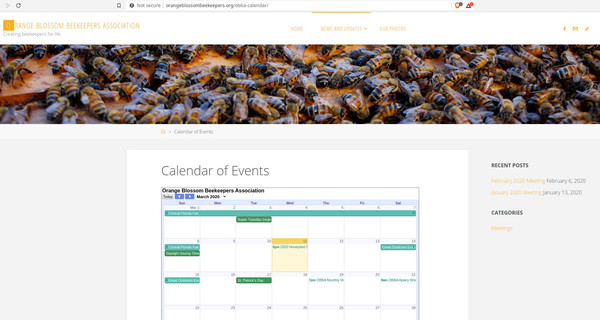
Facebook: OrangeBlossomBeekeepers

Instagram: OrangeBlossomBeekeepers

Slack: obba.slack.com

Aug/Sep Bee Management
Current UF Management Recommendations (Aug)
- Feed colonies if light
- Monitor for and control small hive beetles
- Monitor colonies for varroa
- Treat for AFB/EFB if needed
What is blooming in Central Florida (Aug)
- Goldenrod
- Joint Weed
- Mexican Clover
- Partridge Pea
- Primrose Willow
- Red Bay
- Sandhill Prarie Clover
- Spanish Needle
- Spiderwort/Dayflower
- Spotted Mint
- Sumac
- Vine Aster
- Red Mangrove
- Black Mangrove
- White Mangrove
Current UF Management Recommendations (Sep)
- Super colonies if strong Brazilian Pepper Flow
- Monitor colonies for varroa
- Feed colonies if light
- Consider treating colonies for Nosema if needed
What is blooming in Central Florida (Sep)
- Bush Aster
- Goldenrod
- Mexican Clover
- Primrose Willow
- Red Bay
- Smart Weed
- Spanish Needle
- Spiderwort/Dayflower
- Spotted Mint
- Sumac
- Vine Aster
Hive Types
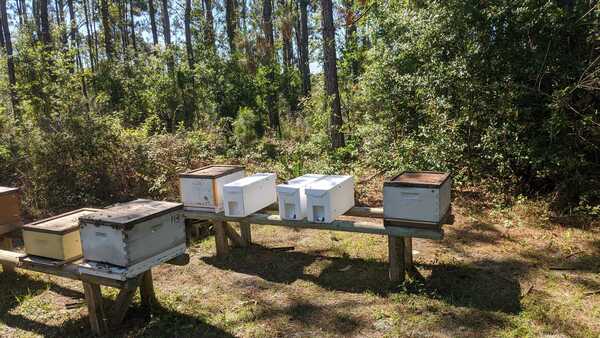
Langstroth Beehive
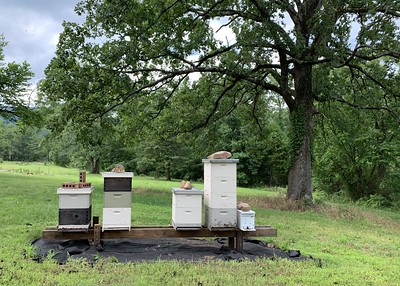
History
- The mid 19th century
- Rev. Langstroth invented the Langstroth hive and revolutionized beekeeping
- The most commonly used type of hive in the United States
Langstroth Components
The hive is made of 3 parts:
- Bottom board, with the entrance for the bees
- Supers (boxes) with frames for brood and honey
- A Queen excluder might be used
- Inner cover and roof for weather protection
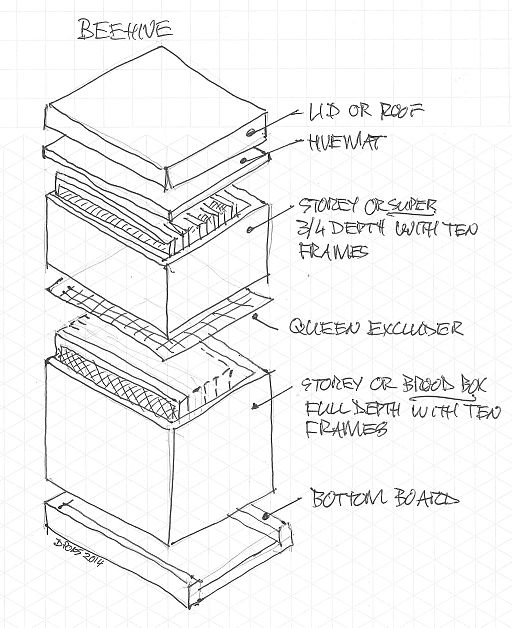
When to add supers
Put honey supers as the bees begin to fill the frames in the existing super.
- Most beekeepers wait until 6-7 of the frames are full before adding a new super
Advantages
- Easy hive inspections
- Easy honey extraction
- Extracted combs can be reused in hive
- Easy to access treatments
- Easy transportation
- Interchangeable parts
- Most beekeeping courses and other resources teach using management techniques for this hive type.
Disadvantages
- Access only by taking the roof off.
- Wiring and waxing frames with foundation is time-consuming
- The queen can only move inside the bottom super
- Full supers are heavy to lift or move
The Long/Horizontal Hive
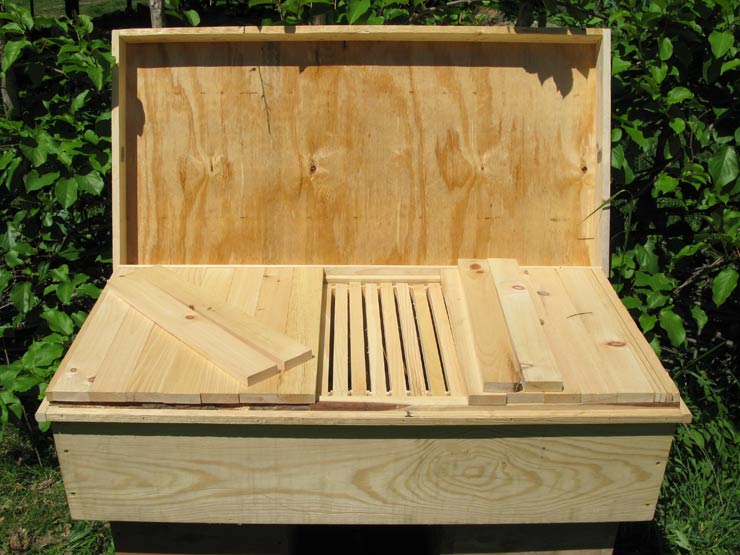
Long/Horizontal Hive
- Same building principles as the Langstroth hive but is horizontal
- Less lifting!
- Same frame size as a standard Langstroth hive
Bees will maintain the brood primarily near the entrance with honey stored further away
Advantages
- No heavy lifting
- Frames from Langstroth hives can be used interchangeably
- Modified versions allow for the addition of supers
Disadvantages
- More expensive
- Only frames are standard sizes
Top Bar Beehive
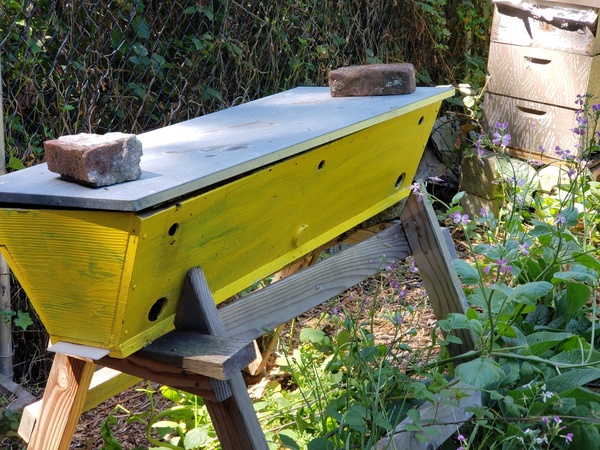
Top Bar
- The oldest hive
- Simple design - easy to build and set up
- Natural type of layout for bees
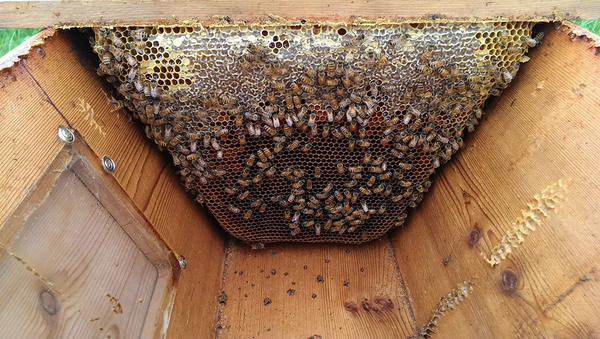
Advantages
- Bees build natural comb
- Less disturbance during inspections
- Comb is crushed, no extracting tools are necessary.
- Wax can be easily harvested
- Possibility to build the hive at waist height, eliminating the need to bend.
- A lid covers the bars – stops rain, and shades out the sun.
- No heavy lifting needed.
Disadvantages
- After a harvest, bees must rebuild
- Not very common hives
- More frequent inspections and harvests
- Time consuming harvest
- Feeding colonies can be more difficult
- Not as much local support
- Can be challenging for new beekeepers
- Bees may abscond more frequently
Warre Beehive
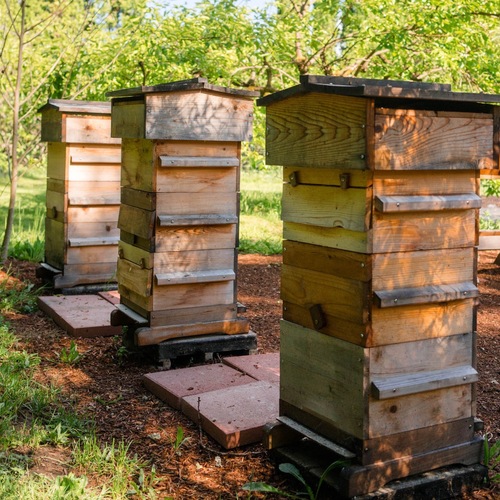
Warre
A French beekeeper, Emile Warre, designed the "People’s Hive"
- A solution to keeping bees with minimal interference to their day-to-day activities
- Mimics a hollow tree
Design
Mimics a hollow tree trunk
- The boxes are square
- Contain 8 top bars
- The bees build downward (their preference)
- Additional boxes are added to the bottom
- Also have a quilt box
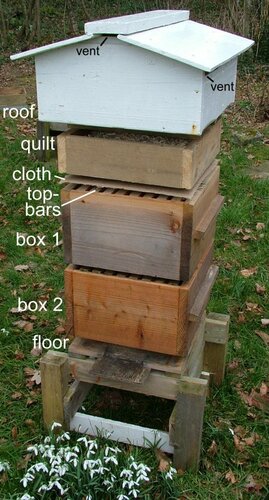
Advantages
- Very low maintenance
- It's the naturalist's dream hive
- Affordable
- No need for a queen excluder
Disadvantages
- Although you only need to lift twice a year, it will make for some very heavy lifting
- Inspecting can be extremely cumbersome
- Illegal in some states (like FL)
- Can't easily inspect due to non-removable bars
- Less common system with limited local support
Flow hive
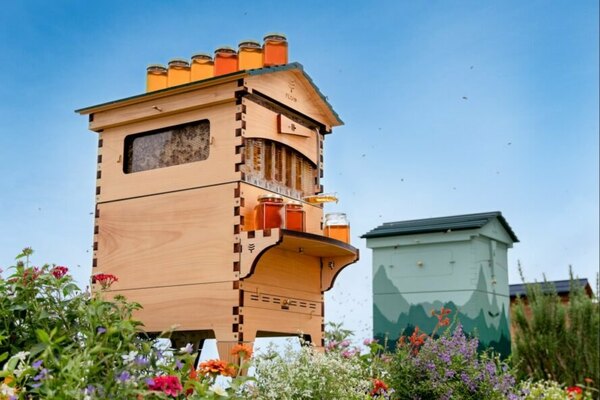
Advantages
- Honey extraction by turning a tap
- The queen is free to wander around the hive
Disadvantages
- More expensive
- Honeycombs are made of plastic
- Lots of fidgety parts and bits to deal with pests have lots of places to hide
- The oblong shape causes cold spots to develop over the colder months
- The honey box is heavy to lift to inspect the brood
- No wax harvest
- Separation between the keeper and the bees
Golden Hive or One-Room Hive (Einraumbeute)
Designed by Thomas Radetzki for European biodynamic beekeepers
- Similar to the horizontal hive
- Frames are much larger
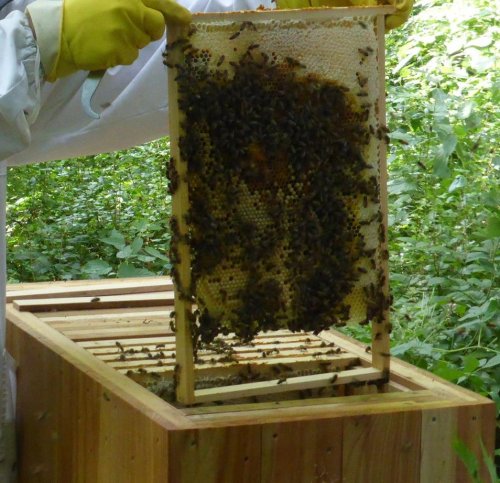
Your Choice …
No hive is perfect
- Prioritize your needs
- Trouble with heavy lifting?
- Considering foundationless?
- What do local beekeepers use?
No matter what type of beehive you choose, if you take care of your bees and keep them healthy, they will be happy with your choice!
Stay involved, Stay connected
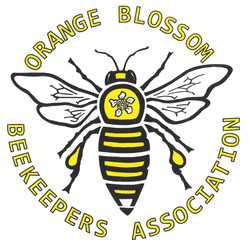
- OrangeBlossomBeekeepers.org
- Slack: OBBA.slack.com
- Facebook: Orangeblossombeekeepers
- Instagram: OrangeBlossomBeekeepers